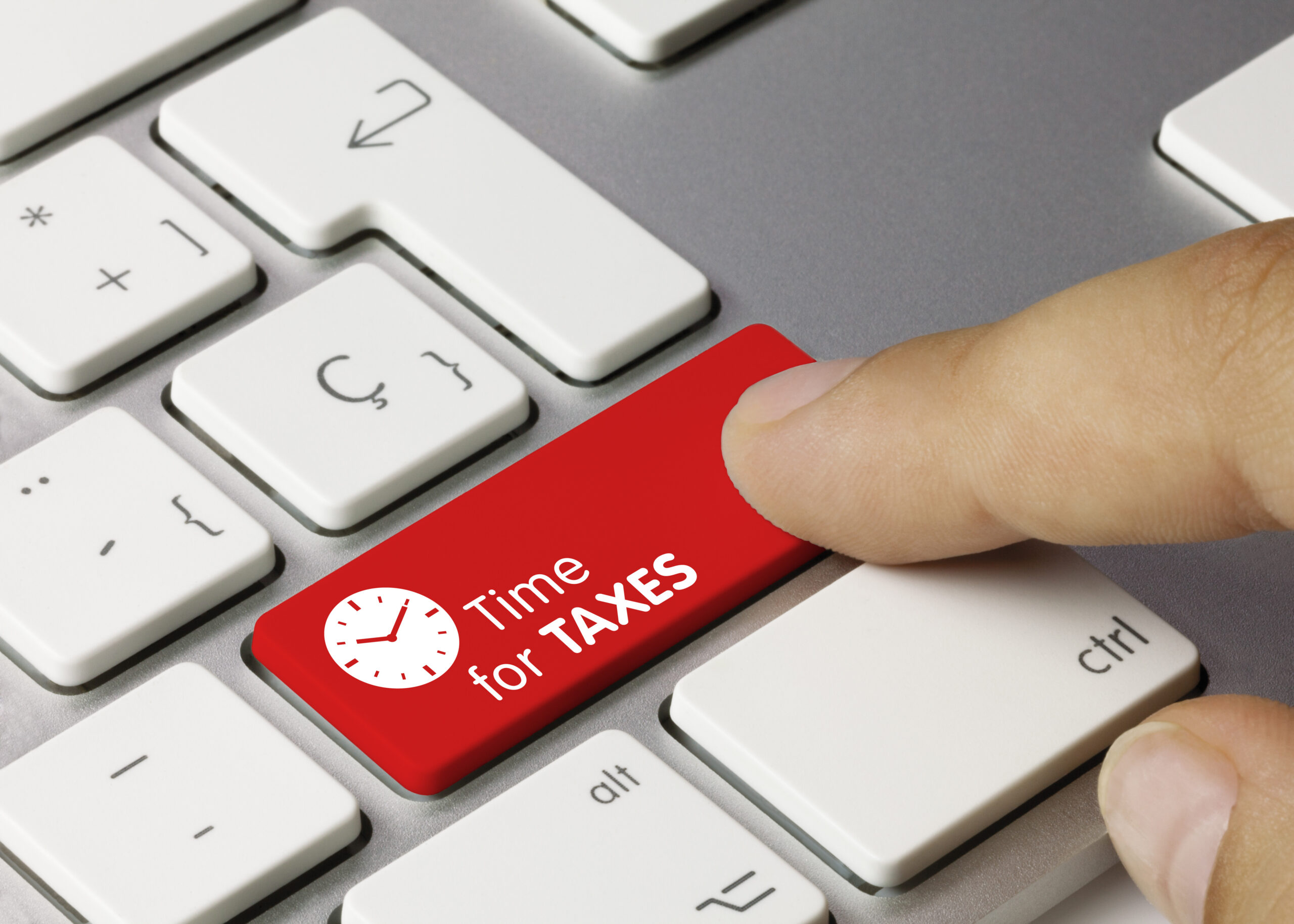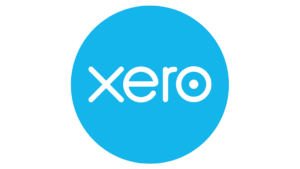Five steps for small businesses Making Tax Digital – Small Business UK
What is Making Tax Digital?
Making Tax Digital (MTD) is the government’s plan to shift paper-based tax reporting online, spelling the end of form-filling for millions of UK businesses.
Under MTD rules, all VAT-registered businesses are already required to file quarterly VAT submissions and keep digital records using MTD-compliant software.
Next in line for digitisation is income tax: from April 2026, individuals with a self-employed or property income over £50,000 per year must use MTD-compatible software to maintain accurate and up-to-date digital records, and submit quarterly updates and an annual tax return to HMRC.
Why is tax going digital?
How much do you enjoy doing self-assessment tax returns? Not much, I bet. MTD is designed to make the tax system clearer and more efficient for the UK small businesses, as well as to help HM Revenue & Customs.
Once the basic information is stored digitally, you can access it whenever you need to, so you won’t have to spend each January looking through your business transactions, receipts and invoices for your Government Gateway code because it will be saved.
Under the new regime, a self-employed person must update their records once a quarter, instead of once a year. This is less time to lose all your receipts, which can’t be a bad thing, but it also helps to paint a clearer picture of your personal tax position.
5 steps for small businesses Making Tax Digital
#1 – Find out if your business qualifies
All UK businesses above the £90,000 VAT threshold have been within the scope of MTD for VAT since April 2022.
MTD for Income Tax is being phased in in three stages:
- From 6 April 2026, if you have a qualifying income of more than £50,000 within the 2024 to 2025 tax year
- From 6 April 2027, if you have a qualifying income of more than £30,000 within the 2025 to 2026 tax year
- From 6 April 2028, if you have a qualifying income of more than £20,000 within the 2026 to 2027 tax year
#2 – Know your VAT deadlines
You should make notes of the dates when returns are due. If you miss them, you’ll start to accumulate points, and when you pass a certain threshold, you’re fined. For example, the MTD for Income Tax deadlines for the next couple of years are:
- 31 January 2026: submission deadline for 2024 to 2025 Self Assessment tax return
- 6 April 2026: start date for keeping records using MTD for Income Tax software for businesses in scope
- 7 August 2026: first quarterly update deadline
- 7 November 2026: second quarterly update deadline
- 31 January 2027: Self Assessment tax return deadline for the 2025 to 2026 tax year
- 7 February 2027: third quarterly update deadline
- 7 May 2027: fourth quarterly update deadline
The MTD for VAT deadlines don’t align exactly with the income tax ones, so make sure to make a note of those as well.
#3- Talk to your bookkeeper or accountant
They know the most about your business and will be able to advise you about what is best for it. They may also be able to give advice for example, on what software would be best for you.
#4 – Subscribe to HMRC updates
HMRC regularly sends out updates about the progress of MTD, which may affect you and your business. Make sure you keep up with these updates to ensure you don’t miss any important announcements.
#5 – Choose an MTD-compatible software package
Here are five MTD-compatible accounting software providers that make it easy to comply:
Sage Accounting
Sage makes it simple to stay compliant with Making Tax Digital thanks to its AI assistant, Sage Copilot. It keeps your records accurate, reminds you about deadlines, and helps you file directly to HMRC. It also provides tools for invoicing, expense tracking, and Self Assessment submissions.
Plans & Pricing: £18 to £59 per month (excl. VAT)
Intro offer: 90% off for six months
Get started with Sage Accounting
Xero
Xero‘s all-in-one accounting platform is built for MTD — every plan supports Making Tax Digital for Income Tax and VAT. It automatically organises transactions into the right categories, gives you live tax projections, and allows seamless digital filing. You also benefit from automated bank feeds, receipt capture, and detailed insights across all your income sources.
Plans & Pricing: £18 to £65 per month (excl. VAT)
Intro offer: 90% off for three months.
QuickBooks

QuickBooks streamlines every aspect of digital tax compliance, from recording transactions to submitting VAT and Self Assessment returns. Fully recognised by HMRC for MTD, it gives you smart automation, AI-powered income tracking, and real-time visibility into your finances.
Plans & Pricing: £10 to £115 per month (excl. VAT)
Intro offer: 90% off for three months
Zoho Books

Zoho Books offers one of the most cost-effective ways to comply with MTD. You can submit VAT and income tax directly to HMRC, automate return creation, and match transactions in seconds. Even on the free tier, Zoho gives small businesses essential invoicing and expense tools, while higher plans expand into reporting, automation, and analytics.
Plans & Pricing: £0 to £165 per month (excl. VAT)
FreeAgent

FreeAgent takes the stress out of MTD by allowing you to generate and file digital VAT returns and Self Assessments in just a few clicks. You can also manage Corporation Tax and annual accounts from the same place, with live banking feeds and clear financial insights.
Plans & Pricing: £9.50 to £16.50 per month (excl. VAT)
30-day free trial included
What if I don’t want to use special accounting software?
For those not ready to take the leap to dedicated accounting software, Microsoft Excel spreadsheets coupled with bridging software, such as QuickBooks Online, can provide a simple, cost-effective and compliant way to submit VAT returns digitally to HMRC. Businesses can produce a “9-Box” VAT return within the Microsoft Excel spreadsheet and upload this to the bridging software, which connects to HMRC and submits the VAT digitally.
“This provides a straightforward and cost-effective solution to overcome the challenges the digital switch poses for them,” says MHA indirect tax partner Alison Horner.
Can I be exempt from Making Tax Digital?
Exemption from MTD is available but only if a business can show that it is not reasonable or practical to use computers, software, or the internet to comply with MTD rules. Most businesses will not qualify for an exemption though and will have to bite the bullet between now and April 1, warns MHA.


